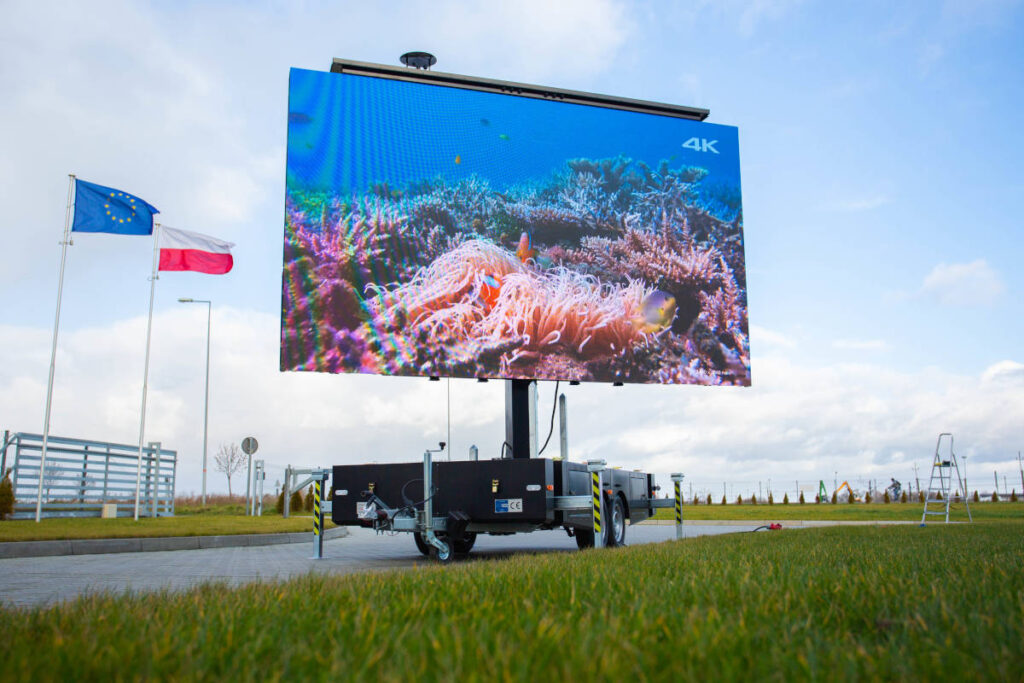
A common type of Light Emitting Diode video screen solution is the directly viewed LED. This solution utilizes individual LED units which are placed closely in proximity to form a large screen. Directly viewed Light Emitting Diode walls are known for their high luminosity as well as vibrant colors, which makes them ideal for outdoor events or brightly lit environments. These displays also have a broad viewing angle, which indicating that people can see the screen distinctly from various locations. This makes directly viewed Light Emitting Diode walls a popular option for sports arenas as well as outdoor festivals.
Another kind of LED video wall technology is the LED illuminated LCD. This solution combines conventional LCD screens and Light Emitting Diode illumination for improved brightness as well as hue precision. LED illuminated LCDs are often utilized in interior environments, including shopping centers as well as conference rooms. These displays provide superior visual quality while are typically more affordable than directly viewed LED walls. However, they may not perform as effectively in well-lit environments, as the illumination can sometimes wash out the colors.
A thirdly choice is the Organic Light Emitting Diode display screen. OLED technology offers superior contrast and color richness compared to alternative types of screens. Every dot in led video wall brightness levels an Organic Light Emitting Diode display produces its individual luminescence, enabling for genuine dark tones as well as vibrant colors. This renders OLED video screens especially attractive for uses which demand high-quality images, including gallery exhibitions or luxury shopping outlets. However, OLED technology can be more expensive while may often be as luminous as directly viewed Light Emitting Diode screens, rendering it less suitable for external applications.
Along with the aforementioned technologies, there are additionally multiple applications for Light Emitting Diode display walls. These displays can be utilized for promotion, entertainment, as well as data display. For example, companies commonly use Light Emitting Diode display walls for digital signage to attract clients as well as promote products. In amusement, they enhance the sight encounter at concerts as well as gatherings, providing dynamic backdrops as well as captivating images. Within business settings, LED video walls can be used for demonstrations, visual conferencing, and educational sessions, aiding to convey information through a aesthetically appealing way.
To summarize, Light Emitting Diode video screens come in various technologies, every having its own benefits as well as applications. Direct view LED screens are great for outdoor applications, whereas LED-backlit Liquid Crystal Displays are more appropriate for indoor environments. OLED display walls offer exceptional visual quality but may be at a higher cost. Grasping these variations can assist organizations to make informed decisions about the best kind of LED display wall most satisfies their needs, whether it be for advertising, amusement, and corporate applications.